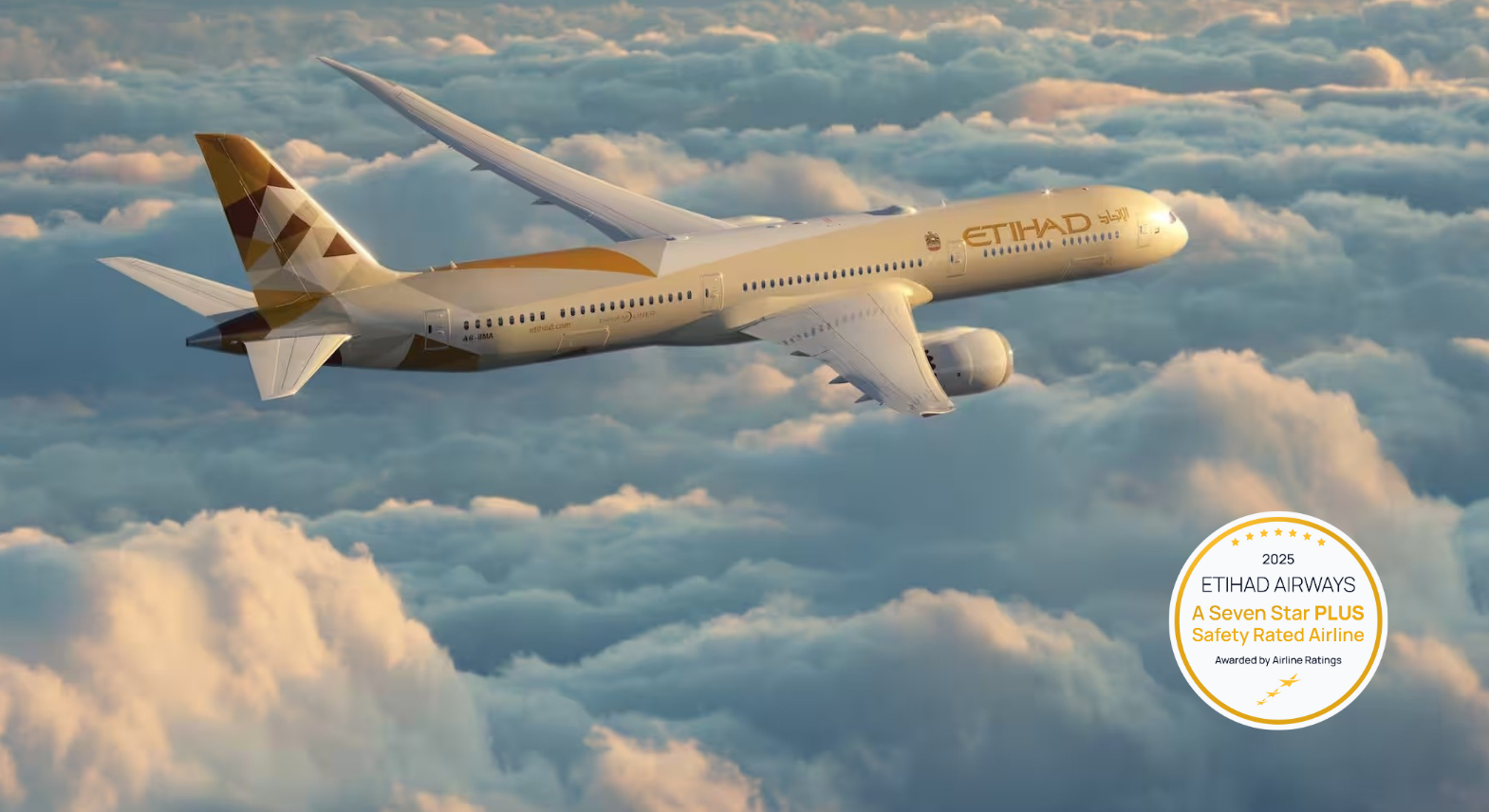By Clive Dorman
Published Wed May 18 2016
Flying around the continent Down Under spiked in 2012, as a result of a so-called capacity war between Qantas and challenger Virgin Australia when the latter bought a fleet of Airbus A330s and broke into the business class market for the first time since its arrival in 2001 as budget airline Virgin Blue.
But, between 2012 and 2014, both airlines sustained heavy domestic losses as a result of their war. And, because it was primarily a battle for supremacy in business class, the bargains on offer were mainly in the expensive seats at the front of the plane. Budget flyers noticed little difference in the best discounts on offer.
With the national economy still struggling, that means 2013’s 60 million passenger trips around Australia was a high water mark that hasn’t been bettered.
The latest figures show that, in the year to the end of March 2016, there were just 58.04 million passenger trips around Australia, compared with 60.12 million in the 2015 calendar year, though March ’16’s 5.2 million monthly passengers was up 2.7 per cent on the same month last year.
It wasn’t all gloom, especially for holiday-makers, according to the figures from the Bureau of Infrastructure, Transport and Regional Economics (BITRE). The greatest percentage increase in passenger numbers, compared to March 2015, was on the Hamilton Island-Sydney route (up 30.3 per cent). There were large increases on a number of other routes, including Cairns-Melbourne (24.3 per cent), Hobart-Sydney (22.8 per cent), Sunshine Coast-Sydney (17.7 per cent) and Melbourne-Sunshine Coast (17.2 per cent).
However, the air travel recession was really biting in the mining areas of Queensland and Western Australia, as dozens of weekly fly-in-fly-out services between regional mines and Perth and Brisbane are cancelled.
Routes with the biggest traffic decreases in March 2016 compared with March 2015 included Brisbane-Moranbah (down 21.3 per cent), Karratha-Perth (17.6 per cent), Perth-Port Hedland (17.3 per cent) and Brisbane-Gladstone (17 per cent). The airport worst affected by the mining crash was Roma’s, down 46.8 per cent on March 2015.
But the star of the bush was Toowoomba’s new privately built, owned and operated airport just out of town to the north-west called Wellcamp. Of Australia’s top 50 regional airports, the Wagner family’s operation had the strongest growth in March (up 53.9 per cent on March 2015), with a raft of new jet and turboprop services to Melbourne, Sydney, Cairns and elsewhere in regional Queensland.
The growth wasn’t possible at Toowoomba’s council-run downtown airport, which has a single 1200-metre runway suitable only for small turboprops. Wellcamp, officially named the “Brisbane West Wellcamp” airport, can take passenger planes and air freighters up to 747 size.
In March 2016, the Bureau of Infrastructure, Transport and Regional Economics (BITRE) reports, Sydney remained Australia’s busiest domestic airport with 2.3 million passengers, followed by Melbourne with 2.11 million and Brisbane with 1.43 million.
By comparison, there was less than Sydney’s passenger traffic – 1.98 million – at all of Australia’s regional airports in March, 1.6 per cent higher than in March 2015. Fixed-wing charter operators carried 227,000 passengers in March 2016, a decrease of 2.7 per cent on March 2015. BITRE reports more than one-third of all charter passengers in Australia took flights to and from Perth Airport – most of them travelling to regional mining camps.
Meanwhile, BITRE’s air fares survey reports business class fares around Australia have recovered nearly 50 per cent from under 65 on its index in 2012 to 95 in May 2016, compared with an index high of 110 before the business class price war began.
And the bargains in the best discount category continue to track downwards towards the lowest levels recorded since the index began in 1992, in spite of the airlines’ efforts to curb the discounting.
In the past few months, both airline groups have indicated that, after the 2012-2014 bloodbath, they would rather withdraw seating capacity from the market than discount their way into the red again.
Tropical holidays in the sun are booming, but that can’t hide a recession in Australian air travel as the country attempts to transition out of a mining boom that has cooled into an economy looking for new directions that defy the business slowdown worldwide.
Flying around the continent Down Under spiked in 2012, as a result of a so-called capacity war between Qantas and challenger Virgin Australia when the latter bought a fleet of Airbus A330s and broke into the business class market for the first time since its arrival in 2001 as budget airline Virgin Blue.
But, between 2012 and 2014, both airlines sustained heavy domestic losses as a result of their war. And, because it was primarily a battle for supremacy in business class, the bargains on offer were mainly in the expensive seats at the front of the plane. Budget flyers noticed little difference in the best discounts on offer.
With the national economy still struggling, that means 2013’s 60 million passenger trips around Australia was a high water mark that hasn’t been bettered.
The latest figures show that, in the year to the end of March 2016, there were just 58.04 million passenger trips around Australia, compared with 60.12 million in the 2015 calendar year, though March ’16’s 5.2 million monthly passengers was up 2.7 per cent on the same month last year.
It wasn’t all gloom, especially for holiday-makers, according to the figures from the Bureau of Infrastructure, Transport and Regional Economics (BITRE). The greatest percentage increase in passenger numbers, compared to March 2015, was on the Hamilton Island-Sydney route (up 30.3 per cent). There were large increases on a number of other routes, including Cairns-Melbourne (24.3 per cent), Hobart-Sydney (22.8 per cent), Sunshine Coast-Sydney (17.7 per cent) and Melbourne-Sunshine Coast (17.2 per cent).
However, the air travel recession was really biting in the mining areas of Queensland and Western Australia, as dozens of weekly fly-in-fly-out services between regional mines and Perth and Brisbane are cancelled.
Routes with the biggest traffic decreases in March 2016 compared with March 2015 included Brisbane-Moranbah (down 21.3 per cent), Karratha-Perth (17.6 per cent), Perth-Port Hedland (17.3 per cent) and Brisbane-Gladstone (17 per cent). The airport worst affected by the mining crash was Roma’s, down 46.8 per cent on March 2015.
But the star of the bush was Toowoomba’s new privately built, owned and operated airport just out of town to the north-west called Wellcamp. Of Australia’s top 50 regional airports, the Wagner family’s operation had the strongest growth in March (up 53.9 per cent on March 2015), with a raft of new jet and turboprop services to Melbourne, Sydney, Cairns and elsewhere in regional Queensland.
The growth wasn’t possible at Toowoomba’s council-run downtown airport, which has a single 1200-metre runway suitable only for small turboprops. Wellcamp, officially named the “Brisbane West Wellcamp” airport, can take passenger planes and air freighters up to 747 size.
In March 2016, the Bureau of Infrastructure, Transport and Regional Economics (BITRE) reports, Sydney remained Australia’s busiest domestic airport with 2.3 million passengers, followed by Melbourne with 2.11 million and Brisbane with 1.43 million.
By comparison, there was less than Sydney’s passenger traffic – 1.98 million – at all of Australia’s regional airports in March, 1.6 per cent higher than in March 2015. Fixed-wing charter operators carried 227,000 passengers in March 2016, a decrease of 2.7 per cent on March 2015. BITRE reports more than one-third of all charter passengers in Australia took flights to and from Perth Airport – most of them travelling to regional mining camps.
Meanwhile, BITRE’s air fares survey reports business class fares around Australia have recovered nearly 50 per cent from under 65 on its index in 2012 to 95 in May 2016, compared with an index high of 110 before the business class price war began.
And the bargains in the best discount category continue to track downwards towards the lowest levels recorded since the index began in 1992, in spite of the airlines’ efforts to curb the discounting.
In the past few months, both airline groups have indicated that, after the 2012-2014 bloodbath, they would rather withdraw seating capacity from the market than discount their way into the red again.
Have questions or want to share your thoughts?
Get In Touch





